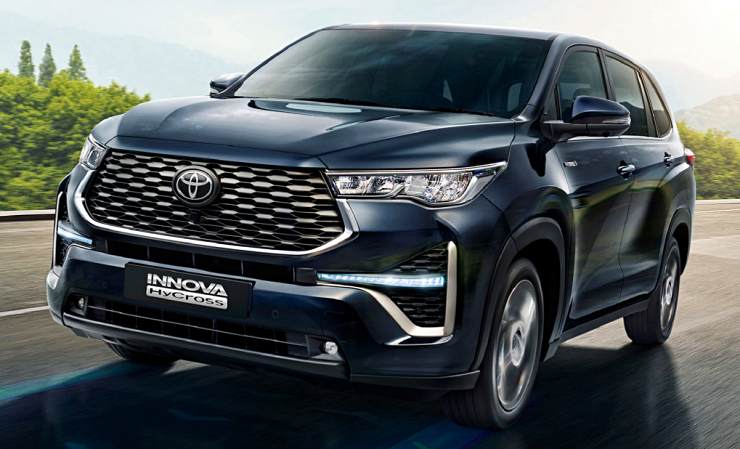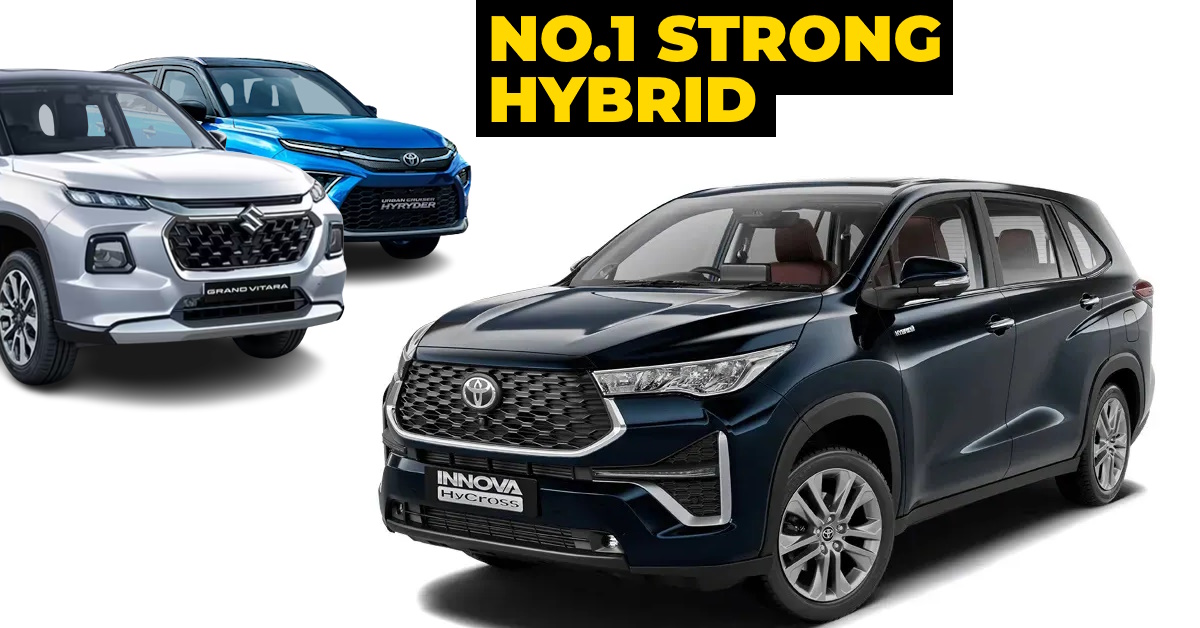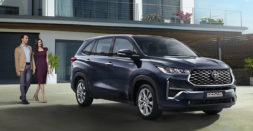Toyota and Maruti Suzuki together have been focusing on introducing hybrid cars in India and making this technology more accessible. Following this, Toyota introduced the Innova Hycross hybrid to the country. This has resulted in the car facing significant waiting periods, often stretching over a year. However, Toyota has now boosted its production to address the increased demand. With this production boost, Toyota is aiming to reduce the waiting period to less than six months by the end of this year.

Out of the total sales, over 50 percent are of hybrid variants which indicates a strong preference of consumers for these fuel-efficient and silent vehicles. Sabari Manohar, group head of customer services at Toyota India, attributes this preference to the hybrid’s impressive fuel efficiency and silent cabin experience which is similar to an electric vehicle (EV).
“After we launched the vehicle, we did some market study. What they like, of course, is the fuel efficiency. Secondly, the cabin is so silent. Customers are able to get the experience of an EV, which is new for everyone. Then they understand that this is the best of both worlds. Initially, we had to do a lot of homework in terms of communicating what a hybrid is. But now, customers are able to embrace this fully,” he said while talking to ACI.
Surprisingly, even fleet buyers are opting for the base-spec hybrid variant over the naturally aspirated petrol variants. This is due to the hybrid’s excellent fuel economy. Even though the hybrid has a higher initial cost, fleet buyers can recover the extra premium paid through fuel savings due to the higher mileage.
This makes the Innova Hycross hybrid a more cost-effective choice in the long run for the fleet buyers over the regular naturally aspirated Innova Hycross hybrid. Talking about the numbers, the hybrid variant delivers an ARAI claimed mileage of 23.24 KMPL, while the hybrid version has an ARAI claimed mileage of 16.13 KMPL.
Toyota faced challenges in meeting the overwhelming demand for the car, which forced it to temporarily stop the bookings of the top two hybrid trims last April. Issues such limited production capacity and semiconductor shortages hampered the deliveries. A further delay was caused as Toyota had to meet the demand for Maruti Suzuki Invicto which is a badge engineered Innova Hycross.
To address the waiting period issue, Toyota implemented a third shift at its plant nearly a year ago, which resulted in a 32 percent increase in capacity, which translates to approximately 32,000 units annually. The majority of this increased capacity has been allocated to the production of hybrid variants.
“There has been an increased effort to enhance the efficiency of throughput in the plants. There has also been streamlining of whatever small bottlenecks that existed in supply chain. So I think the waiting periods will be within very manageable levels soon. While consumers do want to go in for sustainability, at the same time, convenience, affordability and infrastructure issue also matter“, Mr. Manohar stated.
Despite the government’s emphasis on electric vehicles (EVs), hybrids are gaining traction in the market due to their convenience, affordability, and infrastructure availability. EV infrastructure still needs to be developed in the country, which makes people more inclined towards hybrids. Consumers prioritize sustainability but also consider factors like convenience and affordability.










![Man Overfills And Spills Diesel Onto Mahindra Scorpio-N for Instagram Reel: Cops Seize SUV [Video]](https://www.cartoq.com/wp-content/uploads/2024/07/scorpio-n-owner-wasting-fuel-featured-253x131.jpg)
![Mahindra Scorpio-N Gets Sandwiched Between 2 Trucks: Passengers Escape [Video]](https://www.cartoq.com/wp-content/uploads/2024/07/mahindra-scorpio-n-passengers-survive-sandwiching-between-trucks-253x131.jpg)